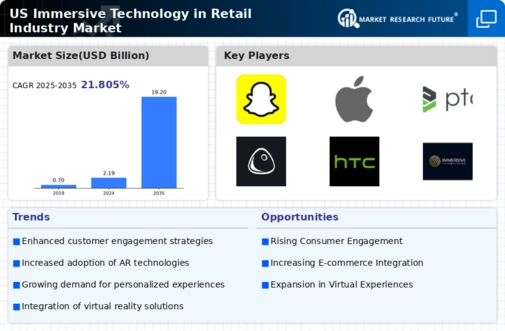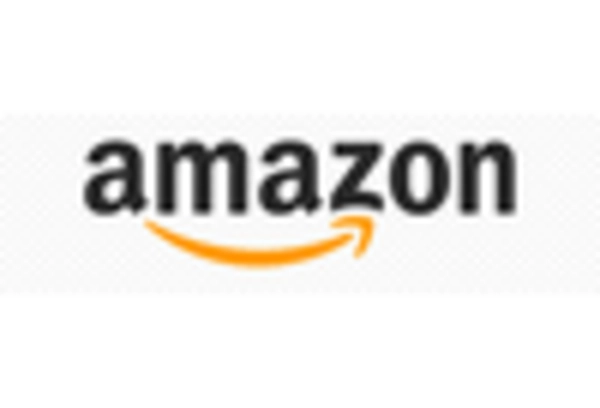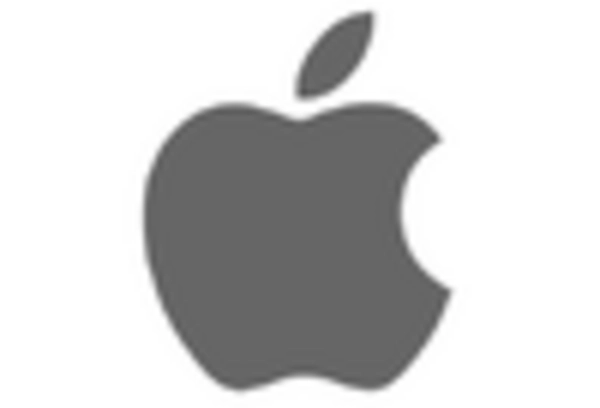The immersive technology-in-retail-industry market is currently characterized by a dynamic competitive landscape, driven by rapid technological advancements and evolving consumer preferences. Major players such as Meta Platforms (US), Microsoft (US), and Apple (US) are at the forefront, each adopting distinct strategies to enhance their market positioning. Meta Platforms (US) focuses on integrating augmented reality (AR) into social commerce, thereby enhancing user engagement and driving sales through immersive experiences. Meanwhile, Microsoft (US) emphasizes partnerships with retail giants to implement mixed reality solutions that streamline operations and improve customer interactions. Apple (US), on the other hand, leverages its ecosystem to promote AR applications, aiming to create a seamless shopping experience across its devices. Collectively, these strategies contribute to a competitive environment that prioritizes innovation and customer-centric solutions.
In terms of business tactics, companies are increasingly localizing manufacturing and optimizing supply chains to enhance efficiency and responsiveness to market demands. The market structure appears moderately fragmented, with a mix of established players and emerging startups. This fragmentation allows for diverse offerings and fosters competition, as key players strive to differentiate themselves through unique technological solutions and customer engagement strategies.
In October 2025, Meta Platforms (US) announced a partnership with a leading fashion retailer to develop an AR shopping experience that allows customers to virtually try on clothing. This strategic move is likely to enhance customer engagement and drive sales, as it aligns with the growing trend of personalized shopping experiences. By integrating AR technology into retail, Meta Platforms (US) positions itself as a leader in the immersive shopping space, potentially reshaping consumer behavior.
In September 2025, Microsoft (US) launched a new mixed reality platform tailored for retail environments, enabling store associates to access real-time inventory data and customer insights through AR glasses. This initiative is significant as it not only improves operational efficiency but also enhances the customer experience by providing associates with the tools needed to assist shoppers effectively. Such innovations may set a new standard for retail operations, emphasizing the importance of technology in enhancing service delivery.
In August 2025, Apple (US) unveiled a suite of AR tools designed for retailers, allowing them to create customized shopping experiences within their apps. This development underscores Apple's commitment to integrating immersive technology into retail, potentially increasing customer loyalty and driving sales. By empowering retailers with advanced tools, Apple (US) strengthens its ecosystem and reinforces its position in the immersive technology market.
As of November 2025, current competitive trends indicate a strong focus on digitalization, sustainability, and AI integration within the immersive technology landscape. Strategic alliances among key players are shaping the market, fostering innovation and collaboration. Looking ahead, competitive differentiation is likely to evolve, with an emphasis on technological innovation and supply chain reliability rather than solely on price. This shift suggests that companies will need to invest in cutting-edge solutions and sustainable practices to maintain a competitive edge in the rapidly changing retail environment.

















Leave a Comment